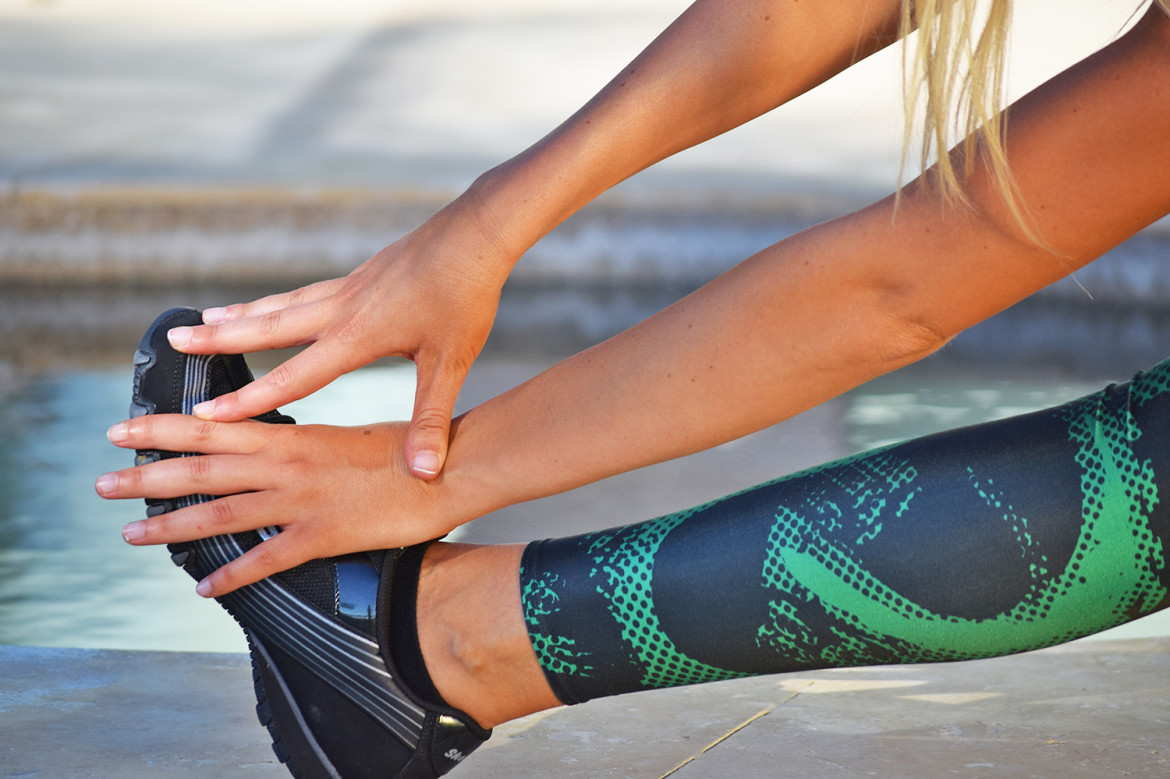If you are a runner or a regular exerciser, you have most likely deliberated on what type of shoes you should wear to perform your exercise. But what are the deciding factors for most people? Comfort, style, and cost are the most common considerations when picking out athletic shoes. Many people are choosing shoes for the wrong reasons, which increases the risk of injuries. There are common criteria that orthopedists and coaches have used to recommend the proper running shoes. The main one is whether or not your foot pronates or rolls inward when your feet land. Another is the impact we feel with each step, which has recently caused some to promote barefoot running. Those who recommend this claim that running without shoes or with slipper-esque styles can change impact and reduce the risk of injury.
Many are skeptical of these claims, including Dr. Benno Nigg. Dr. Nigg is a professor of kinesiology at the University of Calgary and one of the worlds greatest experts on biomechanics. He recently published a study in The British Journal of Sports Medicine, exploring decades worth of studies about running injuries and the relation they have to shoes. His goal was to investigate whether or not science backs many of the claims made by these studies.
Dr. Nigg’s research found that many of these claims seem to be myths. A large scale experiment that studied pronation followed nearly 1,000 runners, some pronated, some not, and gave them all the same type of shoes. They followed these runners for a year and found that many of those with normal feet and form became injured, while a smaller percentage of those who had pronated feet hadn’t. This showed that having a pronated foot position could actually be an advantage.
They also found insignificant evidence regarding impact. The most surprising discovery was that shoes that were specifically designed to fix a persons running form turned out to be ineffective.
What seems to matter the most based on this research is simply: comfort. Your body is a much better judge of what works for you than you might think. Pay attention to how your body reacts to the shoes when you try them. Try on 4 or 5 pairs and if possible, jog around the store in them to feel out your comfort level. Generally, you can tell fairly quickly which shoes feel the most comfortable.
Source: well.blogs.nytimes.com

